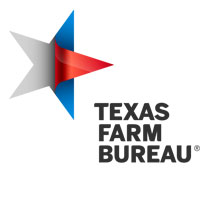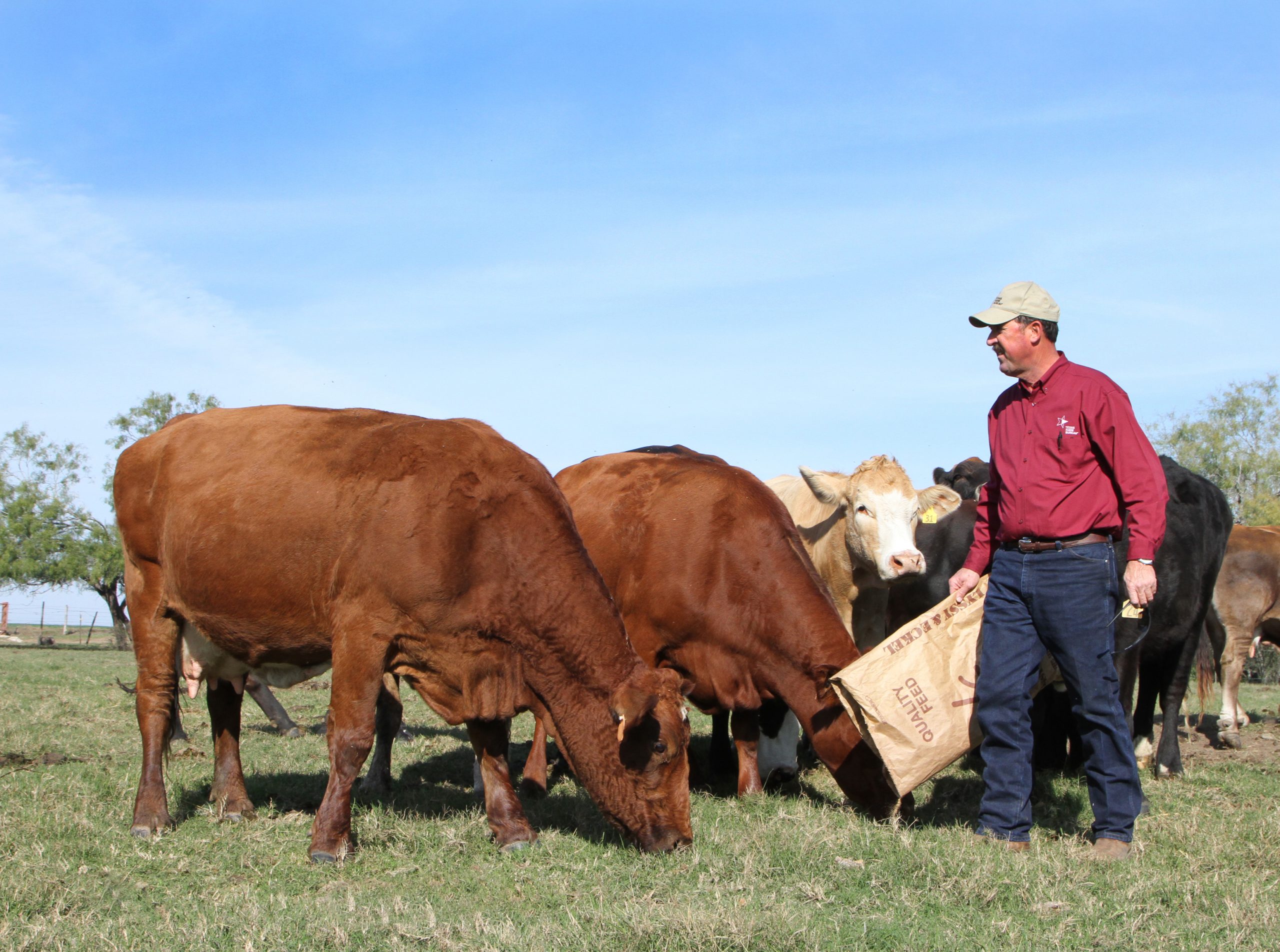TFB President Russell Boening Opinion Column
Hot air may be the most dangerous greenhouse gas
By Russell Boening
Texas Farm Bureau President
“Climate,” “green” and “sustainable” are trendy terms scattered across all media, especially the internet. But don’t believe everything you read and hear.
And while we’re on the topic of believing, don’t believe those who point to animal agriculture as a major driver of climate change. It’s simply not true.
Where should you get your information? Well, I prefer places with facts and science.
So, let’s get to the meat of the matter.
Although livestock emissions get a lot of attention in discussions around climate warming, they make up less than 4 percent of overall emissions in the U.S. Those numbers are declining thanks to improvements in feed and production. In fact, U.S. agriculture would have needed nearly 100 million more acres 30 years ago to match today’s production levels.
As farm efficiency goes up, greenhouse gas (GHG) emissions go down in the livestock sector, making agriculture more sustainable with every new advancement. U.S. agriculture contributes just 10 percent to overall GHG emissions, far less than other major industries, and plays an active role in enhancing wildlife habitat and absorbing carbon.
Don’t take my word for it, though. Read the science behind that statement in the most recent Inventory of U.S. Greenhouse Gas Emissions and Sinks report from the U.S. Environmental Protection Agency.
Still have a beef with cattle and the environment?
Allow me to shed some sunlight on cattle emissions and environmental sustainability.
Yes, cattle belch the greenhouse gas methane, and they do that while eating plants. But that gas is broken down in the atmosphere and converted to CO2 that is then consumed by plants (can we get a nod to photosynthesis?). It’s stored as carbohydrates in plants, which are then eaten by cattle.
That’s environmentally sustainable and you know what that process is called. Maybe it should be renamed the “cow”bon cycle?
During this process, cattle convert plants that are inedible for humans into high-quality, tasty protein. In the U.S. there are about 800 million acres of land that are not suitable for growing crops due to factors like soil conditions, environment and lack of rain. But that land has native grasses that cattle are able to upcycle into protein that contains many essential nutrients needed in a balanced diet. Now, I call that a win.
You’ve placed an emphasis on sustainability. So have farmers and ranchers for generations. We’ll continue to do so, too.
In fact, America’s farmers and ranchers are leading the way in climate-smart practices that reduce emissions, enrich the soil and protect our water and air. We do so all while producing more food, fiber and renewable fuel than ever before.
It’s the raw truth, which seems rare these days. I hope you enjoy this grilling season with the best beef around, along with all the other great products that farmers and ranchers grow, without any environmental guilt. Because the story about livestock negatively impacting the climate has been cooked so long, you know, it’s overdone.
Russell Boening of Poth is a fourth-generation farmer and rancher who grows feed grains, cotton, watermelons and wheat, as well as operates a 450-cow dairy with his brother and father and a beef cattle ranch. He was elected president of Texas Farm Bureau in 2014.


